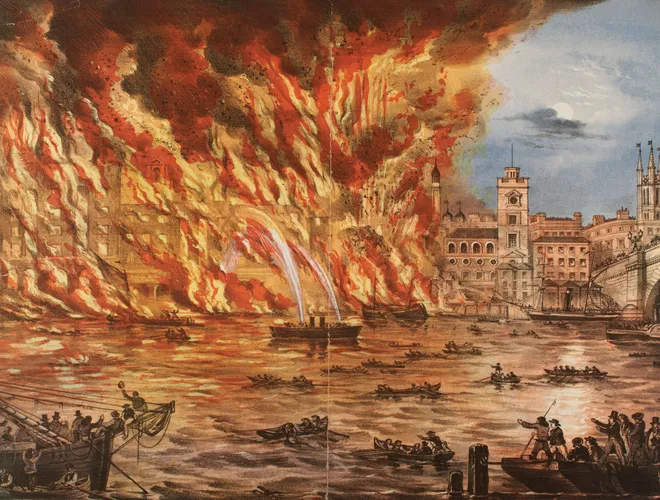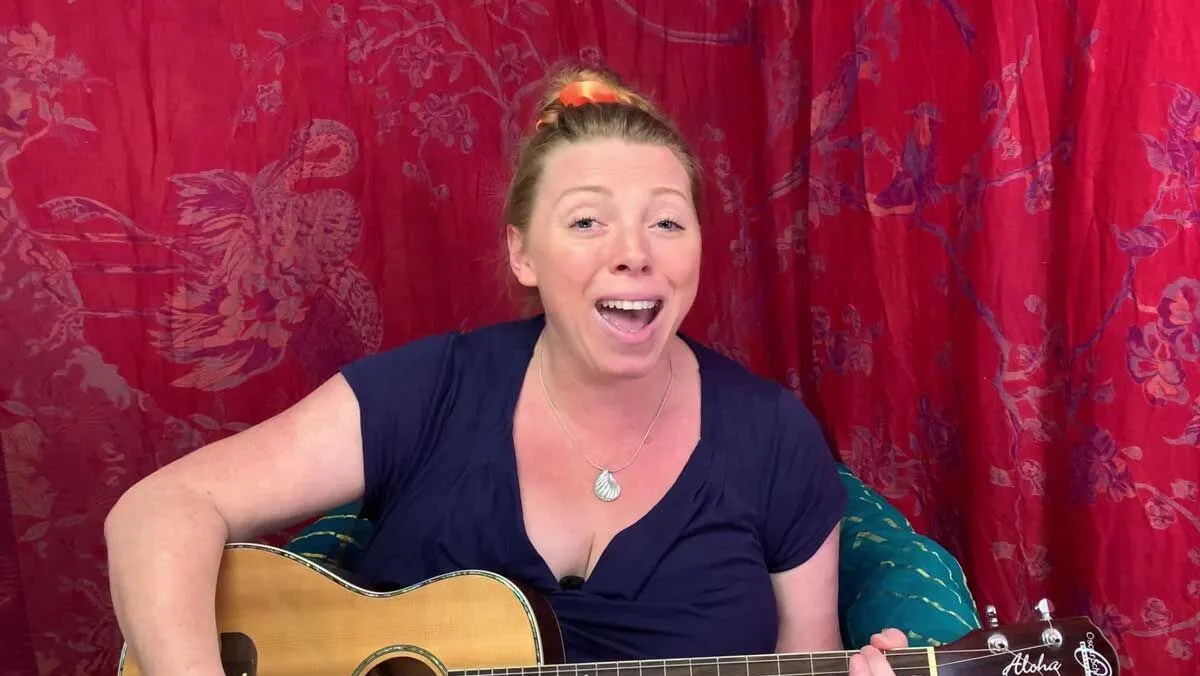Oranges and Lemons
Is this nursery rhyme really about fruit? Maybe not!
Oranges and lemons,
Say the bells of St Clement's.
You owe me five farthings,
Say the bells of St Martin's.
When will you pay me?
Say the bells of Old Bailey.
When I grow rich,
Say the bells of Shoreditch.
When will that be?
Say the bells of Stepney.
I do not know,
Say the great bells of Bow.
Here comes a candle,
To light you to bed.
Here comes a candle,
To light you to bed.
What's the story behind Oranges and Lemons?
You might assume that this nursery rhyme is about fruit, but it's actually about some of London's famous churches.
In 17th-century London, most people were Christian and there was a church on almost every street. Religion had an impact on most aspects of people’s lives, since schools and hospitals were run by the Church.
Most of London’s churches have huge bells which are rung on special occasions. Throughout the rhyme, we hear the bells of each church "speaking" to one another as they chime.
They aren't actually speaking, of course. The words they 'say' in the rhyme are meant to sound like the unique melody made by each church's bells as they ring.
Where did Oranges and Lemons come from?
Historians found a song called Oranges and Lemons that dates all the way back to 1665, but we don’t know if the lyrics were the same as the ones in the song we know today.
Since then, children singing the rhyme have changed it and made up their own parts. Some versions were much longer, mentioning as many as 15 churches. Can you imagine how long that would make the rhyme?
We also don’t know why the rhyme was written. Perhaps it was a way for Londoners to remember the names of some of the many churches in the city.
What churches are in Oranges and Lemons?
"St Clement’s" in the rhyme is likely St Clement’s church on Eastcheap in the City of London.
"St Martin’s" is probably St Martin's Orgar, a medieval church also in the City. Its bell chimes "you owe me five farthings". This probably relates to the money lenders who worked around the church, loaning money to the poor and demanding repayment.
"Stepney" is St Dunstan’s of Stepney, which is one of the oldest churches in London and was once an important church for sailors to visit.
"Bow" is most likely St Mary le Bow. It's said that only people who are born within the sound of the Bow bells are true east London cockneys. The "great bells of Bow" might refer to the church bell which rang at 9pm every night.
Why is the Old Bailey in Oranges and Lemons?
The Old Bailey in the rhyme was a famous medieval courthouse and it certainly didn’t have any bells. In the rhyme, the bells sing "when will you pay me".
This refers to some of the people locked up in Newgate prison, the most notorious prison in medieval London. Many of the prisoners were debtors, meaning they didn’t pay back money they had borrowed.
The bells of the Old Bailey in the rhyme would have been the bells of St Sepulchre-without-Newgate, which stood opposite the courthouse at the time.
The medieval courthouse was yet another building destroyed by the Great Fire. It was rebuilt in 1674 and the Old Bailey is still used as a courthouse today.
More Rhymes in Time
-

London’s Burning
Why was London burning? And did pouring water on it really help?
-

Pop! Goes the Weasel
What's a weasel? And why is it popping?
-

Sing a Song of Sixpence
Which king is counting his money and why are there blackbirds in a pie?
-

London Bridge is Falling Down
Has London Bridge ever really fallen down?
-

The Muffin Man
Who was the muffin man and where is Drury Lane?





